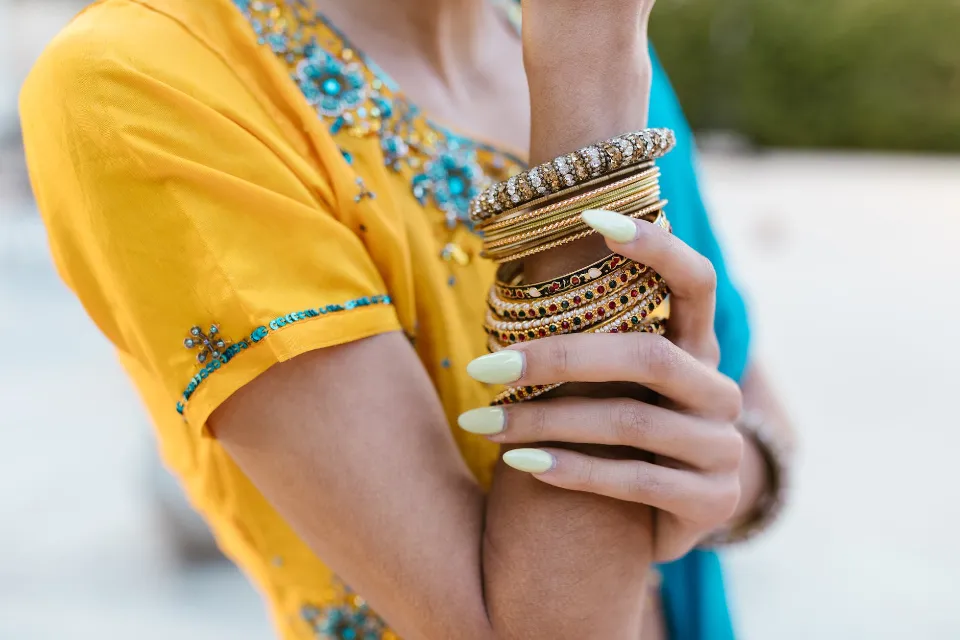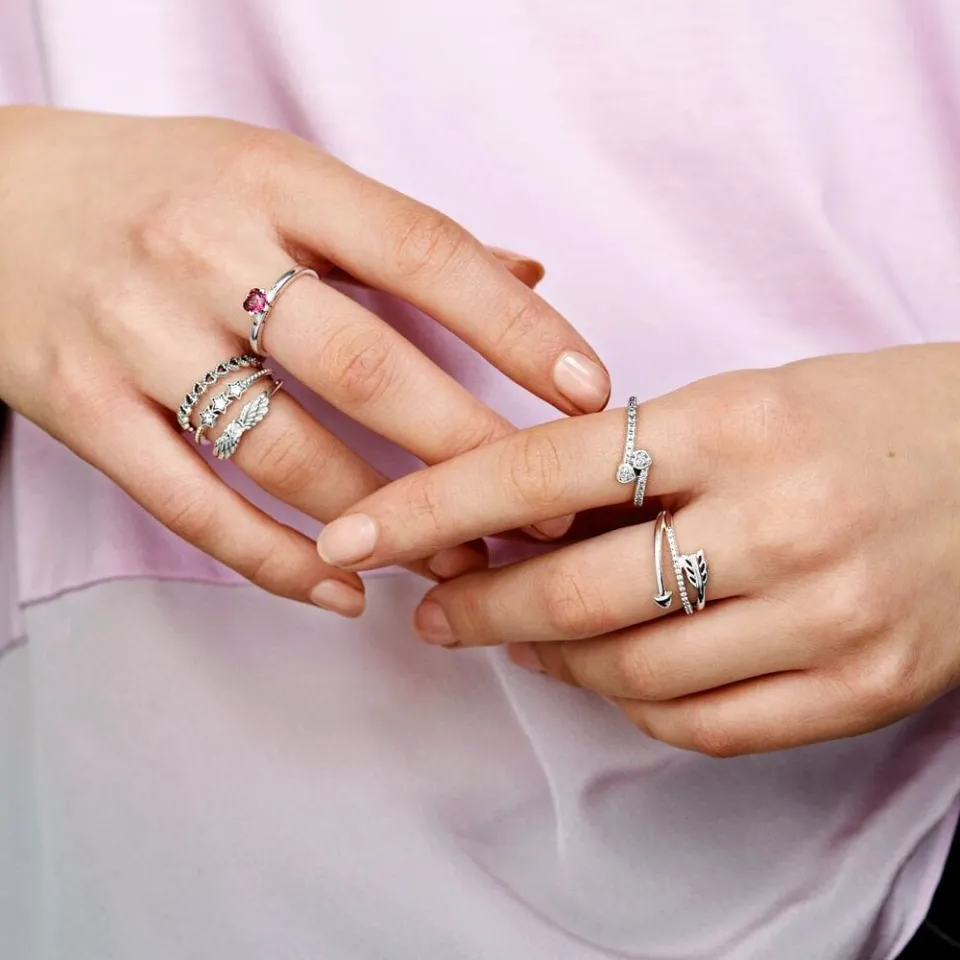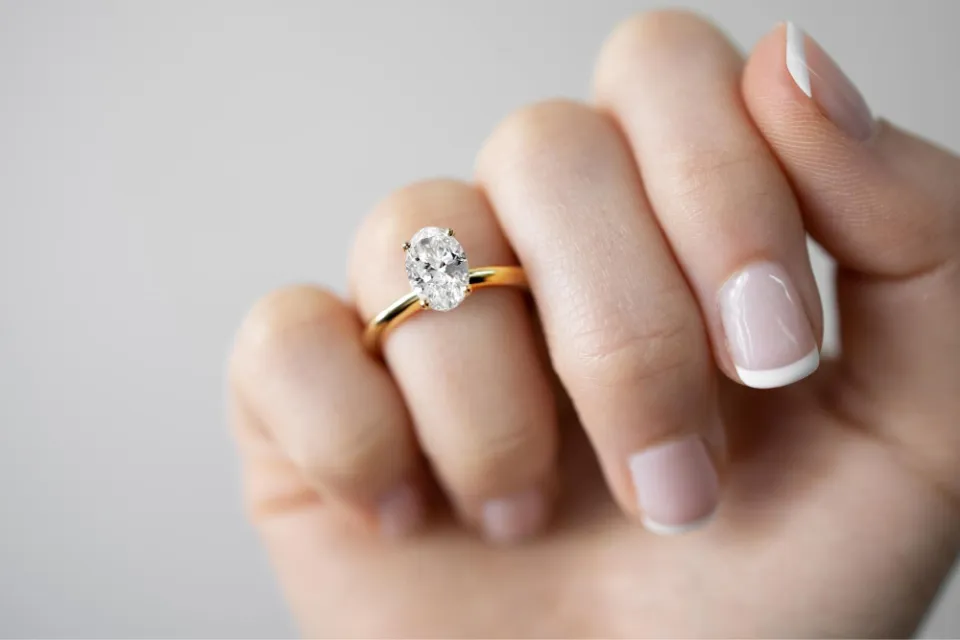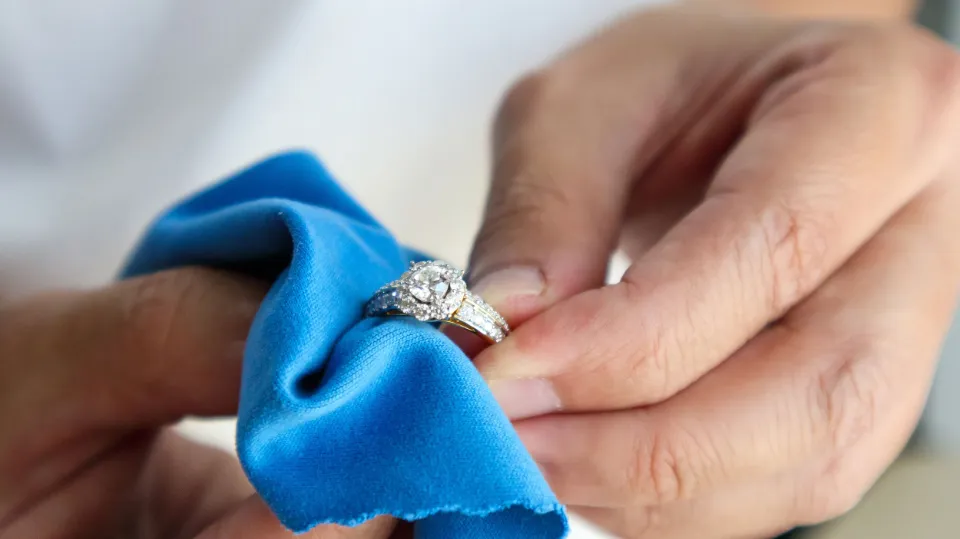What is solid gold? This means that a piece of jewelry is gold through and through. It can be an alloy – meaning 14 karat, 18 karat, etc.
When referring to larger, chunkier chains, some vendors also use the term solid gold to denote that the links are solid and not hollow.
Continue reading to learn more about solid gold and the differences between it, gold vermeil, and gold filled.
What is Solid Gold?
Solid gold is a term used for various designations of karat gold. Gold that is 24 karat pure, or 99.999% gold, is the purest type of gold.
Technically speaking, all other karats of gold are gold alloys, which are composed of a combination of gold and other metals. For instance, 14 parts pure (99.999%) gold and 10 parts additional metals, such as silver, copper, nickel, etc., make up 14k gold.
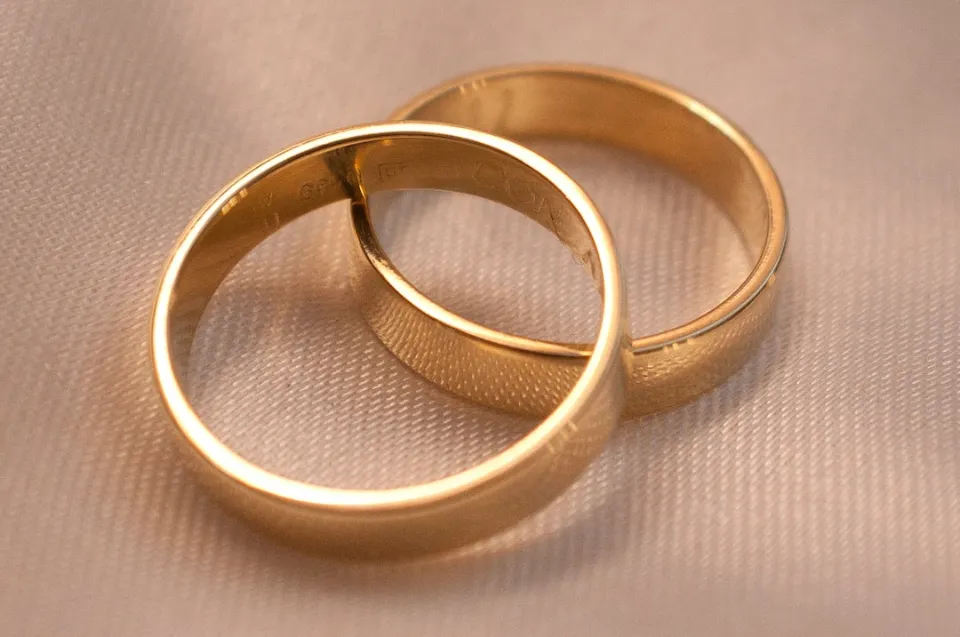
24k is very expensive and very soft, so other metals are added to make the gold more affordable and durable. 14k and 18k are most commonly used in jewelry production for those reasons.
Depending on the desired karat and color (yellow, rose, or white), the precise formulation varies.
Related Post: What is Semi-solid Gold?
Is Solid Gold, Gold Vermeil Or Gold Filled Better?
Personal and financial preference is the answer. Any of the choices is not inherently flawed. There are advantages and disadvantages with everything.
From a Price Perspective:
Solid gold is the most expensive, followed by gold vermeil and then gold filled.
Although technically speaking gold filled jewelry has a thicker layer of gold on the outside than gold vermeil, gold vermeil is made with silver as opposed to brass in gold filled. Brass is thought to be less valuable than silver.
From a Durability Perspective:
Solid gold is the most durable, followed by gold filled and then gold vermeil.
All three will experience normal wear-and-tear scratches, but only solid gold can be repeatedly polished to maintain its brand-new appearance. Although you eventually polish away the gold layer and reveal brass, gold-filled materials can also withstand polishing. The thinnest layer of gold is present in gold vermeil, so extra care must be taken when polishing.
Relayed Post: Does Solid Gold Tarnish?
From a Reusability Perspective:
Solid gold is the only one that has a lifetime value.
There’s a reason why “cash for gold” is a thing. By melting down jewelry, removing the pure (99.999%) gold, and refining it, gold can be recycled. New karat gold can be created from recycled pure gold.
Solid gold is frequently passed down as an heirloom because it is valuable and long-lasting. Many of my customers ask me to redesign jewelry made of inherited gold.
Reusing diamonds or gemstones that were previously set in a piece, I refine the gold for credit toward their custom project. They occasionally already have a chain but want a new pendant, or vice versa—they already have a chain but want to add a pendant.
Takeaway: What is Solid Gold
When buying a bigger gold chain, it is worth asking them to be specific in how they define solid gold.
The best thing you can do is care for the jewelry you already own, no matter the quality.
It also helps a lot to store things properly! It’s easy for jewelry to tangle and unnecessarily scratch itself when it’s rattled around in a box.
FAQs
Is Solid Gold Real Gold?
Solid gold is an alloy made up of pure gold and additional metals like nickel, copper, or silver.
Is Gold Filled Real Gold?
Gold filled is crafted from both a layer of real gold, and a cheaper base metal.
What is the Difference Between Gold and Solid Gold?
Solid gold has a higher value than gold plated because it has a higher percentage of gold. Solid gold is only made of gold alloy, whereas gold plated has only a small coating of gold. Thus, jewelry made of solid gold is frequently worth more than gold-plated jewelry.

